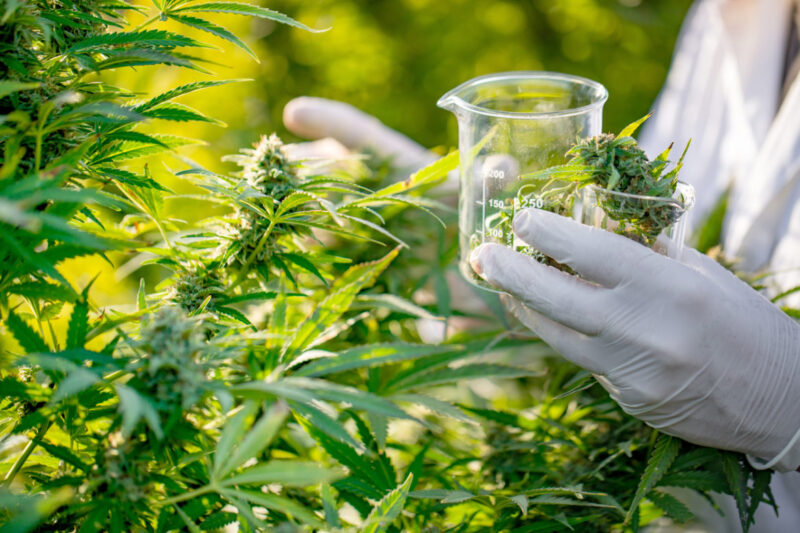Growing weed at home has exploded in popularity. The cannabis cultivation industry has seen a 30.5% growth rate per year from 2018 to 2024.
Learning how to grow marijuana is easier than you think. Anyone with an appropriate space can do it. The truth is growing your own weed affordably and discreetly requires little more than a small space, a budget, and some know-how.
So, how do you plan and execute your first marijuana harvest?
Page Contents
Gather Your Growing Tools
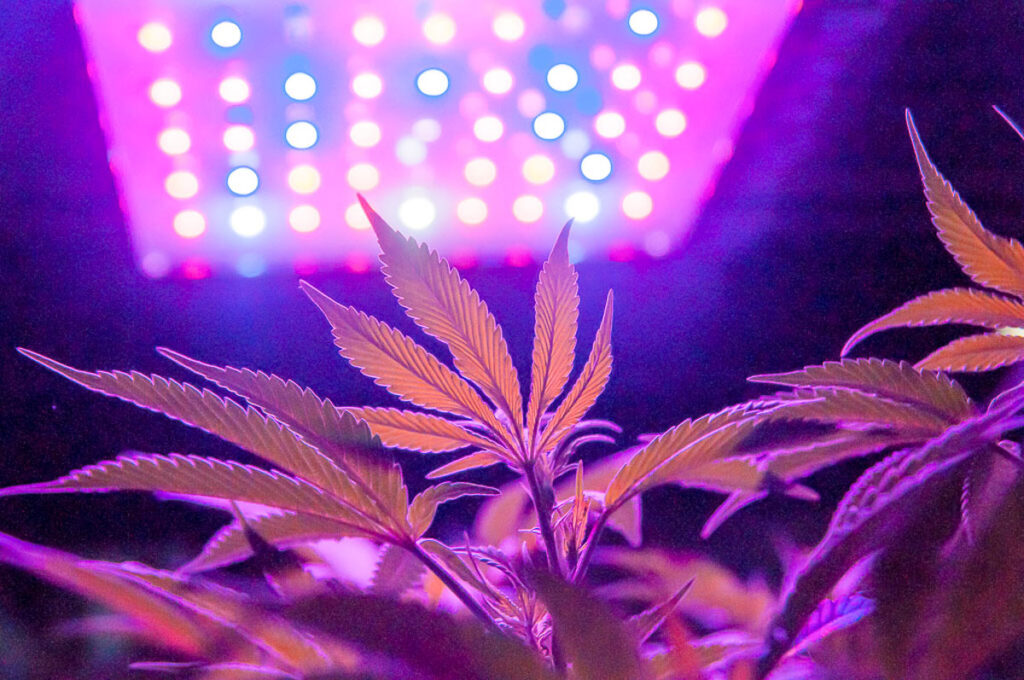
The first thing you need is somewhere to grow your marijuana. One of the best investments you can make is a grow tent, giving you more control over the conditions and generating a higher-quality harvest.
Grow tents come in all shapes and sizes, with various add-ons, including hydroponic equipment. Keep things simple for your first harvest before investing in more advanced grow tools.
Within your grow tent, you’ll need a grow light. Multiple options exist, but the best lighting options include the following:
- Metal Halide (MH) systems
- High Pressure Sodium (HPS) lighting
- Light-Emitting Diode (LED) lighting
- Compact Fluorescent Lighting (CFL) systems
You’ll also want a lighting system with a timer to put your harvest on autopilot.
Finally, you’ll need an activated carbon filter and exhaust fan to reduce heat buildup and unpleasant odors. Proper ventilation also helps fight off mold growth. Your hygrometer can track temperature and humidity to ensure your ventilation systems work as intended.
Purchase High-Quality Marijuana Seeds
Most beginners begin with a trip to the dispensary to purchase their seeds or receive a cutting from a friend. Alternatively, you can purchase cannabis seeds at Zamnesia online, giving you access to a greater range of seeds.
Regardless of your proficiency, the quality of your weed starts with high-quality seeds. If you’re working on a small budget, this is one area you shouldn’t cut corners on.
Don’t be fooled by the potential for high-THC strains. The University of Colorado has conducted a study that demonstrated higher THC strains don’t make you higher. Scientists believe other factors are at work in determining how high someone gets from smoking a particular strain of cannabis.
Instead, focus on strains with a strong lineage rather than THC shopping.
Plant, Root, and Grow
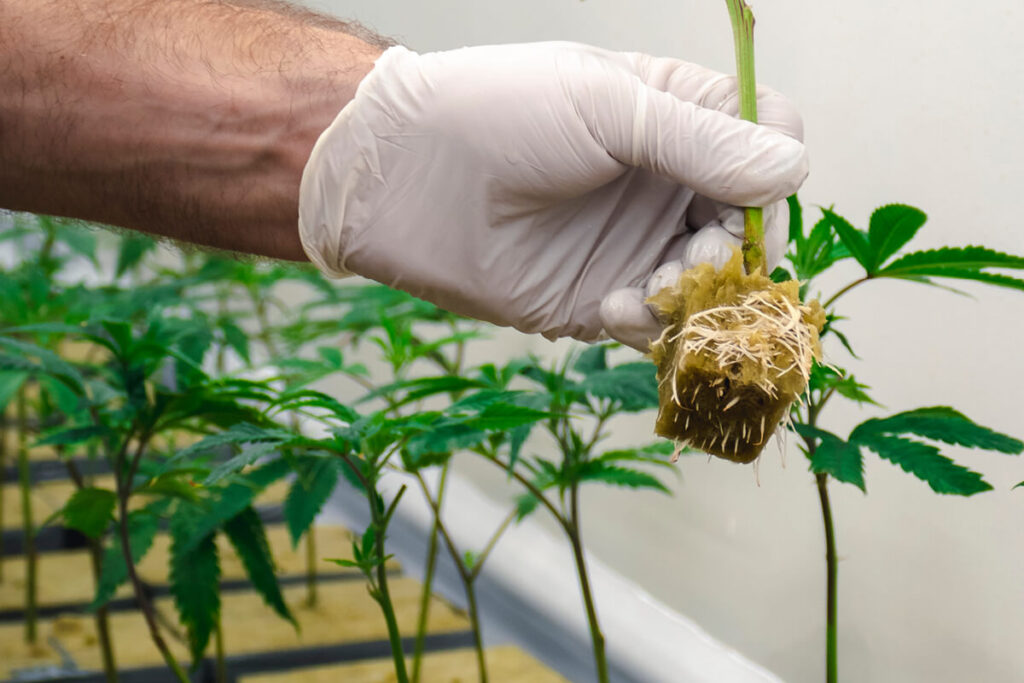
Planting your seeds and waiting for their tap roots to emerge is a matter of patience. Once they begin to sprout, it’s time to start working your magic.
Lower your reflector to encourage your young seedlings to reach for the light. Gradually raise the light as your plants grow. At this stage, your light should be on for 18 hours daily. During the vegetative state, you’ll notice that your weed will grow leaves but no flowers.
One exception is auto-flowering cannabis, which will switch from vegetative to flowering by itself.
Managing Your Feeds
All plants require fertilizer to help them grow. In the case of cannabis, you should use a pre-mixed fertilizer consisting of Nitrogen, Phosphorus, and Potassium (NPK).
Overfeeding is one of the most common mistakes beginners make. Fertilization is a hot-button topic, but many large-scale commercial operations prefer high-grade phosphorous fertilizers. More phosphorous encourages hardiness, improves water-use efficiency, and promotes early root growth.
Fertilizer debates aside, how do you know if you’re overfeeding your plants?
The first sign of overfed marijuana plants is the leaf tips will appear burned. Your leaves may also become crisp and brown. Thankfully, correcting this problem is as simple as reducing fertilization.
Pruning for a Higher Yield
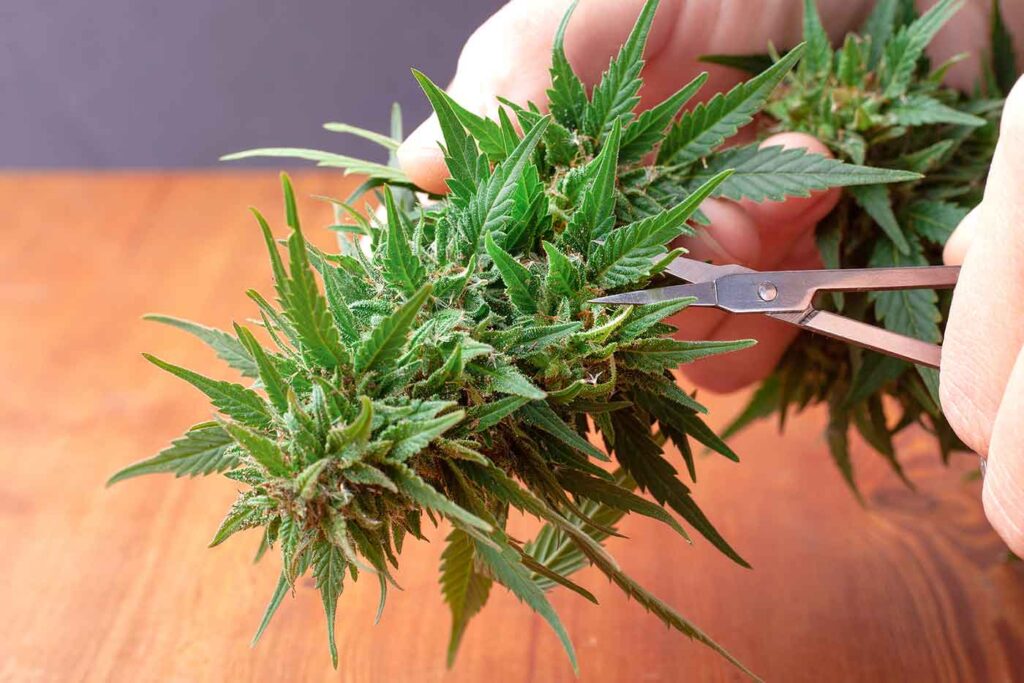
Regular pruning is crucial to avoid your plants resembling bonsai bushes. Intelligent pruning will increase yield concentrations by protecting bud sights but avoiding significant gaps between nodes. This is especially important if you’re working with a small space.
Here’s the secret. Don’t prune or pinch after your cannabis enters the flowering stage. Doing so will only decrease your harvest. Alternatively, if your branches are too close to the lights, bend or tie them down to prevent burning.
Induce Flowering
Growing indoors means deciding to induce the flowering stage is entirely in your hands. Flowering is where appropriate spacing comes to the fore because your plants will stretch for a few weeks after beginning this stage of the growth cycle.
Start flowering by switching your lighting schedule to 12 hours on and 12 hours off. During the dark period, ensure no light can enter your grow tent, or it can cause disrupt the plant’s natural growth cycle.
You’ll also need to switch your fertilizer to a blooming solution since the plant’s nutritional needs change with each growth stage.
Harvest Your Plants
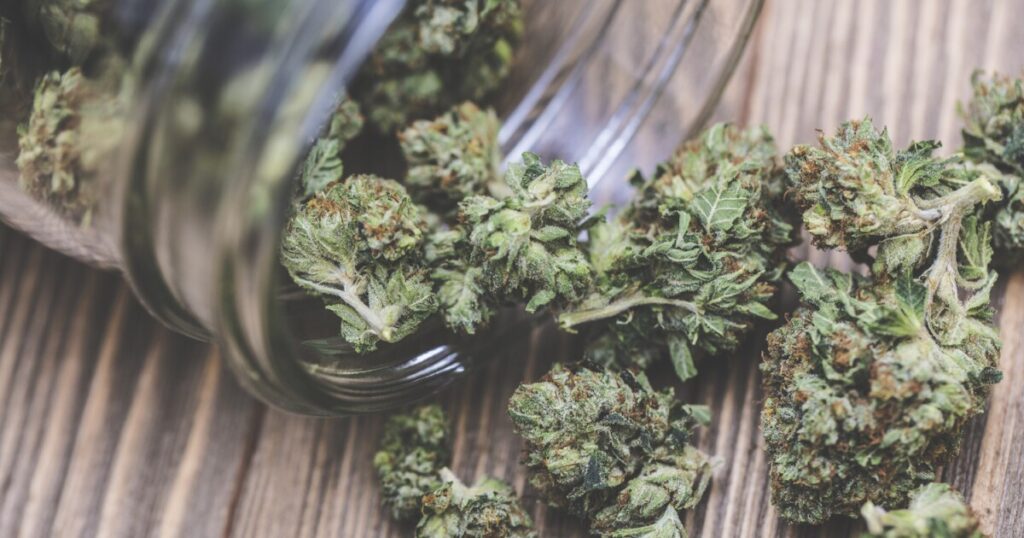
Knowing the suitable time to harvest your buds is as vital as learning how to grow cannabis.
Examine the trichomes with a magnifying scope of a loupe. You’ll find the trichomes resembling a tiny stalk and head, otherwise known as crystals. Within these crystals is where you find THC and CBD.
Always harvest when most of the gland heads have gone cloudy white. For a lethargic high, you can wait until they become mostly amber.
Trim and Hang
After harvesting, you’ll trim and hang your buds to try. Depending on the local heat and humidity, the process should take one to two weeks. Ensure they don’t dry too quickly, or you could have a “chlorophyll” taste.
Add a humidifier to your drying room if you’re concerned about your harvested buds drying too quickly. Ensure the air circulates to avoid mold and rot, but never blow a fan directly onto the drying weed.
You’ll know that your buds are ready when you can easily snap the stems and the flowers are bone dry. Place your buds in opaque jars in a cool, dark place to cure. If there’s too much condensation forming on the glass, feel free to remove the lid and allow them to air. You should open and close the jars once or twice per day.
It takes around three weeks to one month for your buds to fully cure and be ready to smoke.
Conclusion
These are the basic steps to growing weed from seed to smoke successfully. Over time, you’ll discover your system to get the perfect smoke, and you may also want to invest in different types of cannabis and growing technology.
What are your top tips for the perfect harvest?
